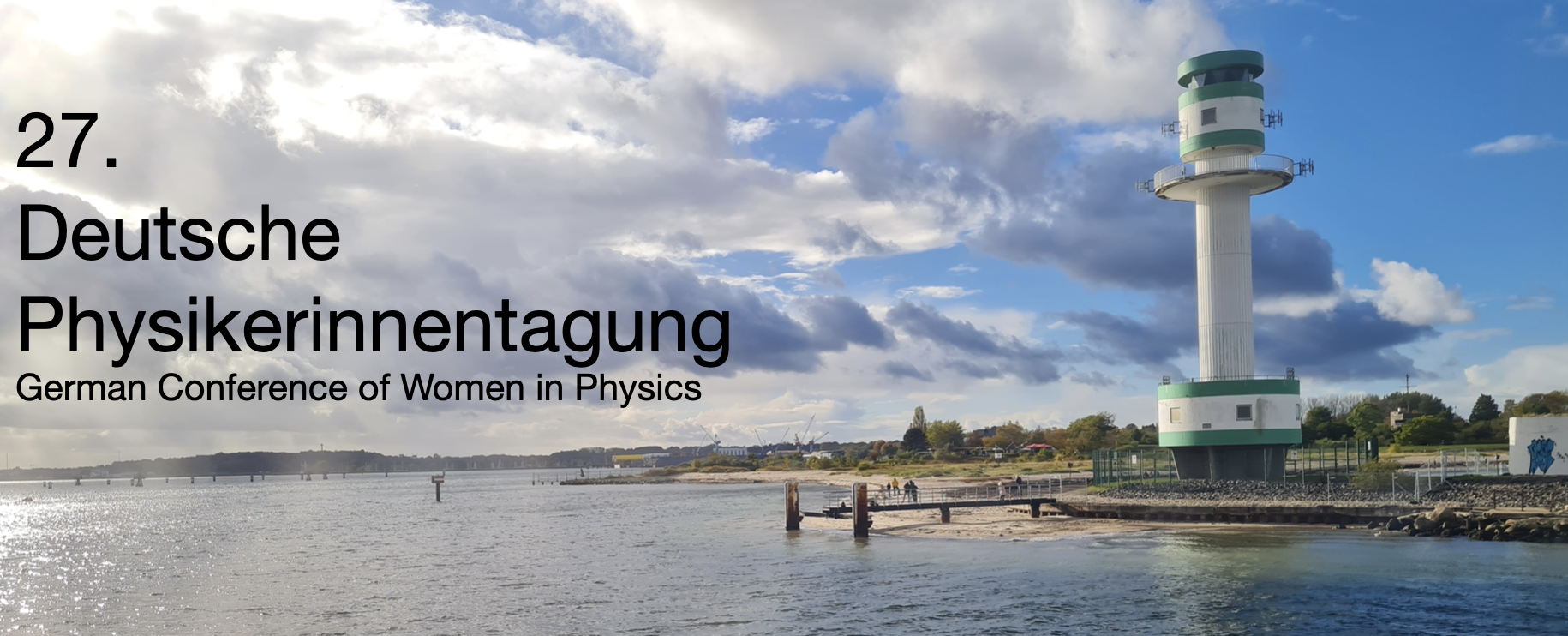Speaker
Description
Earth-abundant electrocatalysts—such as transition metal oxyhydroxides and oxides—have emerged as promising and cost-effective alternatives to noble metals for water-splitting applications. To be viable, these electrocatalysts must meet several critical criteria, including long-term chemical stability, adequate electronic conductivity to support efficient charge transfer, and high intrinsic catalytic activity. Recent research has focused on enhancing non-noble metal catalysts through material design and structural engineering. Disordered and porous architectures, in particular, offer improved activity due to a higher density of active sites and larger surface areas compared to crystalline materials. However, these structural advantages often come at the cost of reduced stability under operational conditions, frequently due to electrochemical degradation or insufficient adhesion to the supporting substrate. To address these challenges, strategies focusing on catalyst-support integration and interface engineering have become essential for achieving electrocatalytic layers that are not only highly active but also durable during long-term operation. To move beyond typically applied metal oxyhydroxides and oxides, we apply PE-ALD to grow cobalt nitride catalyst layers. Specifically, we employ $\mathrm{Co(DAD)_2}$ as a precursor and systematically explore the impact of deposition parameters on film composition, morphology, and catalytic activity. Reactants, plasma parameters, and substrate temperature are optimized for high Co and low oxygen and carbon content. Interfacing these conformal and ultra-thin catalytic layers with semiconductor light absorbers is a promising strategy to overcome the poor efficiency and material stability of the semiconductor photoelectrodes under harsh photoelectrochemical operating conditions.

